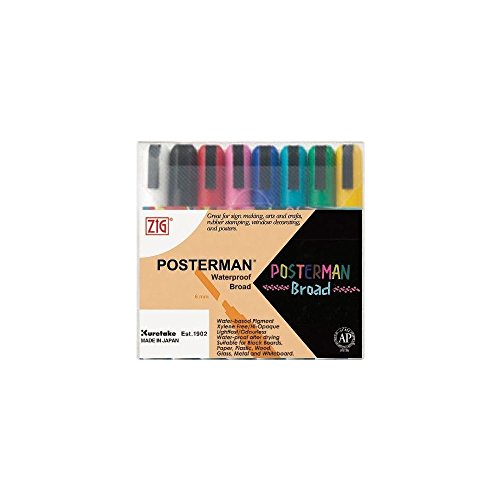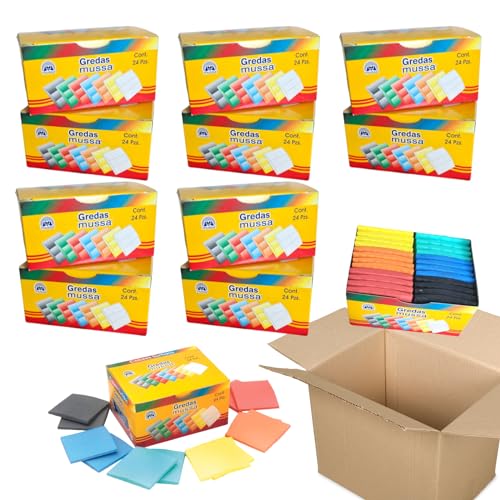






When working on a construction site, it is important to have accurate measurements and straight lines. One common method used by builders and carpenters is striking a chalk line. This technique involves using a string coated in chalk to create a straight line on a surface. However, striking a chalk line can be challenging in wet conditions, as the moisture can affect the chalk’s ability to adhere to the surface.
To strike a chalk line in the wet, follow these steps:
1. Prepare the surface: Before attempting to strike a chalk line, make sure the surface is clean and dry. Remove any excess water or debris that may interfere with the chalk’s application. Use a cloth or towel to wipe away any moisture.
2. Choose the right chalk: Not all chalk is suitable for wet conditions. Look for chalk specifically designed for wet surfaces or waterproof chalk. These types of chalk adhere better in damp environments and ensure a more accurate line.
3. Apply the chalk: Holding one end of the string against the surface, pull the other end taut. With the help of an assistant or a chalk line reel, snap the string against the surface to create a straight line. The force of the snap will release the chalk onto the surface, leaving a visible line.
4. Protect the chalk line: To prevent the wet surface from smudging or washing away the chalk line, consider using a sealant or clear lacquer. This protective layer will help keep the chalk line intact, even in rainy or wet conditions.
By following these steps and using the right materials, you can successfully strike a chalk line in the wet. Remember to double-check the accuracy of the line before proceeding with any construction or carpentry work. Striking a chalk line properly will save you time and ensure precise measurements, resulting in a professional finish.
Steps to Strike a Chalk Line in the Wet
When working in wet conditions, striking a chalk line can be a bit more challenging. However, with the right technique, you can still get accurate and straight lines. Follow these steps to strike a chalk line in the wet:
| Step 1 | Prepare the surface: Ensure that the surface you are working on is clean and free of any dirt, debris, or standing water. Use a push broom to sweep away any excess moisture. |
| Step 2 | Choose the right chalk: Use a chalk that is specifically designed for wet conditions. These chalks are formulated to adhere better to damp surfaces and produce more visible lines. |
| Step 3 | Mark the starting and ending points: Determine the starting and ending points for your chalk line. Measure the distance and mark both points with a pencil or a small dot using the chalk itself. |
| Step 4 | Secure the line: Attach the chalk line to the two marked points. Make sure the line is taut and straight. |
| Step 5 | Apply chalk to the line: Hold the chalk bottle upside down and gently tap the bottle along the stretched line. This will allow the chalk to disperse evenly onto the line. |
| Step 6 | Strike the line: With a firm grip on the line, pull it up and release it to create a straight line. Repeat the motion a few times to ensure a well-defined and visible line. |
| Step 7 | Check the line: Inspect the chalk line to ensure it is straight and visible. If necessary, repeat the process and add more chalk if the line is faint. |
By following these steps and using the right tools, you can easily strike a chalk line in wet conditions. Remember to work carefully and adjust the technique if needed to achieve the desired results.
Step 1: Prepare the Surface
Before you can strike a chalk line in wet conditions, it is essential to prepare the surface properly. Follow these instructions to ensure that the surface is ready:
- Clean the surface: Remove any dirt, debris, or other loose particles from the area where you want to strike a chalk line. Use a broom or a brush to sweep away any loose material.
- Remove excess moisture: If the surface is wet or damp, use a mop or a towel to remove any excess moisture. Ensuring that the surface is dry will help the chalk line to adhere properly.
- Apply a primer: If you are working on a porous surface, consider applying a primer before striking the chalk line. The primer will help the chalk line to stick better and will prevent it from smudging or washing away.
- Level the surface: To ensure accuracy in your chalk line, make sure that the surface is level. Use a level tool to check for any unevenness and make necessary adjustments.
By properly preparing the surface, you will create a solid foundation for striking a chalk line in wet conditions. This step is crucial to achieve accurate and long-lasting results.
Step 2: Apply Chalk to the Line
Once you have your string or nylon line securely in place, it’s time to apply the chalk. Holding the chalk container in one hand, move to one end of the line. Using your other hand, gently tap the chalk line on the string or line.
As you tap the chalk line, the chalk dust will disperse onto the wet surface below. Make sure to evenly cover the entire length of the line with chalk. This will ensure a clear and visible line once the surface dries.
If you notice any gaps or areas where the chalk coverage is not sufficient, simply tap the chalk line again until it is properly coated. It’s important to have a solid and consistent line to follow for accurate and precise measurements.
Remember to be gentle while tapping the chalk line, as excessive force can cause the line to break or become unevenly coated. Take your time and apply the chalk evenly, as this will save you time and effort in the long run.
Once the chalk line is fully coated, you can move on to the next step in your project. Whether you’re marking a guide for cutting, measuring, or any other task, the chalk line will provide a clear and visible reference point even in wet conditions.
Step 3: Strike the Chalk Line
Now that you have prepared the work area and applied chalk to the string, it’s time to strike the chalk line. Follow these steps to ensure a straight and clean line:
- Hold one end of the string firmly in place on the surface where you want the chalk line.
- Stretch the string out in a straight line, making sure it is taut.
- Using your other hand, lift the string away from the surface slightly and release it, allowing it to snap back onto the surface. This will leave a clear and prominent chalk line.
- Repeat this process if necessary, going over the line multiple times to ensure good coverage.
- Once you have struck the chalk line, step back and inspect it to ensure it is straight and aligned with your desired reference point.
Remember to work quickly and efficiently when striking the chalk line in wet conditions, as excessive moisture can cause the chalk to spread or smudge. If needed, you can use a dry cloth or brush to remove any excess chalk or water from the line to improve its visibility.





